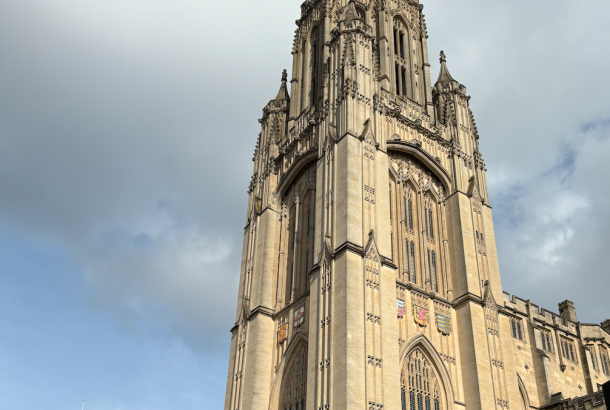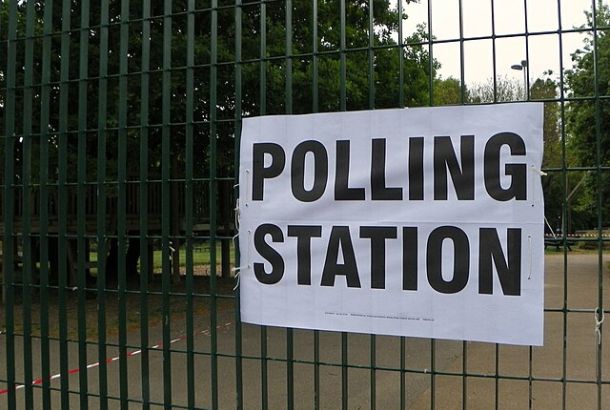NASA five-tonne satellite crashes off US west coast
By Aryan Safavi
The 20 year old UARS was launched in 1991 from the space shuttle. This multi-instrument equipped satellite set a president in measuring numerous chemical constituents of the atmosphere with the aim of better understanding the chemistry in the atmosphere. The UARS provided valuable information regarding the depletion of the protective stratospheric ozone, proving especially useful at illuminating concerns over the Antarctic ozone hole and the effects of the Mt. Pinatubo eruption on the atmosphere. In 2005 the satellite reached the end of its productive science life when it ran out of fuel. Wiith the days of glorious recognition of its seminal contribution to atmospheric science long in the past, the UARS had been orbiting the earth in despondent redundancy for 6 years.
NASA assured reporters at a press conference before impact that nobody had ever been injured by objects re-entering from space, and the US government will pay for all damage as they did in 1979 when the Skylab satellite crashed into Western Australia. However awestruck one may be from finding a piece of space technology close by, opportunistic eBay sellers must remember that unfortunately the artefacts are still property of the US government.







